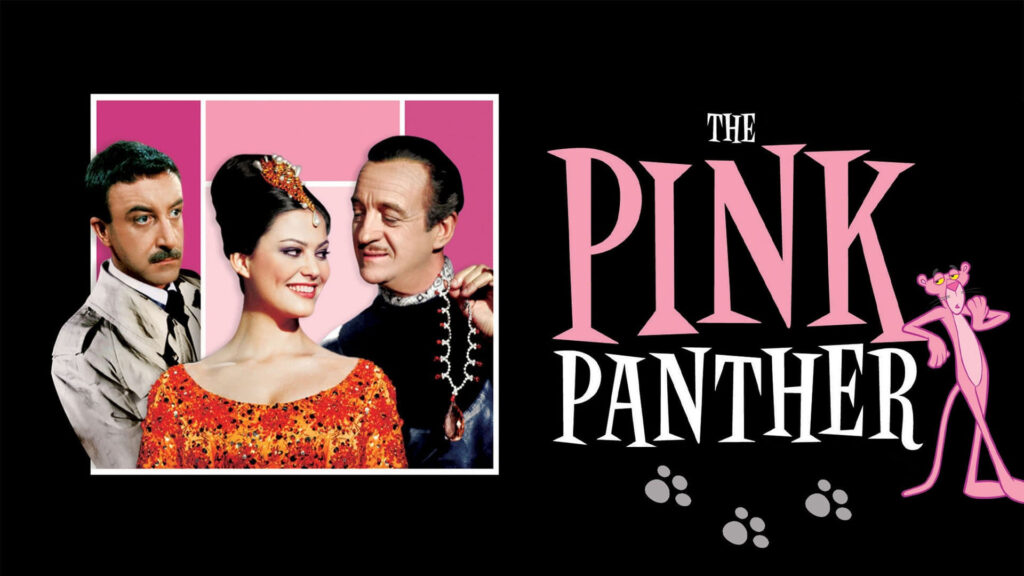Unveiling the magic of a cinematic classic often lies in discovering the intriguing details hidden behind the scenes. Blake Edwards’ “The Pink Panther” from 1963 is rich with such fascinating tidbits, from unexpected improvisations to iconic sequences that shaped the film’s legacy.
Starting with its unforgettable protagonist, Inspector Jacques Clouseau, played by the inimitable Peter Sellers, one might be surprised to learn that Clouseau wasn’t initially the movie’s central character. The film was designed to focus on Sir Charles Lytton, the suave jewel thief portrayed by David Niven. However, Sellers’ portrayal of the endearingly inept Clouseau stole the spotlight, transforming him into the film’s standout character and launching a beloved franchise.
Further testament to Sellers’ genius was the improvisational nature of his performance. Much of Clouseau’s charm came from Sellers’ ad-libbing on set, including the character’s distinctive French accent and his mispronunciation of the English language. This unique approach to dialogue brought an organic hilarity to the character, creating many memorable moments.
The chemistry between Sellers and his on-screen wife, Capucine (who played Simone Clouseau), added a nuanced layer to the narrative. Their off-screen friendship, dating back to their days in theater, manifested in an on-screen rapport that breathed authenticity into their complicated relationship.
Another nugget of interest is the character of the Pink Panther itself. Not a character in the narrative, but an anthropomorphized version of the coveted pink diamond, it was brought to life by animation directors Friz Freleng and David DePatie during the opening credits. The stylish, animated Pink Panther was such a hit that it spawned its own successful cartoon series, a surprising legacy for a character that was initially only part of the film’s credit sequence.
An interesting detail about the film that often goes unnoticed is its portrayal of women. Simone Clouseau and Princess Dala (played by Claudia Cardinale) are more than mere supporting characters. They’re intelligent, assertive, and play pivotal roles in the narrative, a notable approach for a 1960s movie.
Adding to the movie’s allure was Henry Mancini’s “Pink Panther Theme,” a musical piece as iconic as the film itself. What many may not know is that the score was conceived in an unusually short span of just ten days. The effortlessly cool, jazzy theme perfectly captured the film’s playful spirit, further testament to Mancini’s genius.
Finally, the Pink Panther’s iconic ‘bedroom farce’ scene, where the characters inadvertently end up hiding in the same room, was an exercise in meticulous planning. The scene, which lasted over 20 minutes, is a perfect example of Edwards’ precise comic timing and deft handling of farcical elements.
Unraveling these nuggets adds to the allure of the 1963 Pink Panther movie, a film that expertly blended humor, charm, and sophistication. Over the years, its innovative comedy, unique performances, and cultural significance have made it an indelible part of cinema history. Digging deeper into its unique facets enriches the viewing experience, reminding us why the Pink Panther continues to captivate audiences nearly six decades later.

